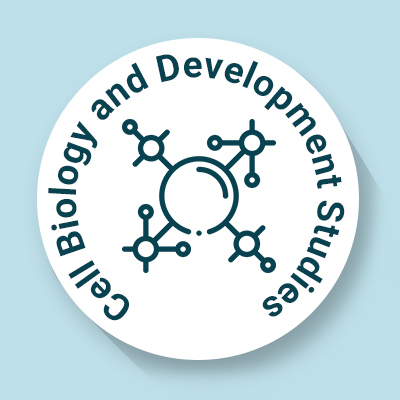
Cell Biology and Development Studies
OPEN ACCESS

OPEN ACCESS
Haploid refers to a cell that has one set of chromosomes. The word haploid may also indicate the chromosome count in egg or sperm cells, commonly referred to as gametes. In humans, gametes are haploid cells with 23 chromosomes, each representing one of the chromosome pairs found in diploid cells. The count of chromosomes in one complete set is derived as n, known as the haploid number as well. In humans, n equals 23. Gametes, also known as sex cells, are the cells with the haploid number of chromosomes. Human somatic cells have two gene sets. It generates haploid gametes via gametogenesis, a process in which meiosis Diminishes the chromosomal set by 50%. This is critical because when gametes fuse, the resulting zygote is inherently diploid. In this manner, the number of chromosomes remains intact across the following generations. Human sex cells contain exactly 23 chromosomes, which means gametes contain half the diploid count of human somatic cells. Two cells combine after fertilization, producing a zygote that now contains two sets of chromosomes. Subsequently, the zygote matures by undergoing mitosis. In humans, the chromosome count of 46 is preserved in each somatic cell. Throughout their lifespan, the cells in human bodies are diploid, except for a few instances. The sperm and the egg cells obtained from your parents fused together, creating the initial cell of your body, the zygote. It duplicated the acquired DNA sets prior to dividing into two identical daughter cells. Subsequently, the cell replicated and divided until a cluster ball, the blastula, was formed, which initiated the fold and differentiation into various body parts. Cells remain diploid while they replicate through the process of cell division known as mitosis. Miotic division results in the division of homologous chromosomes, leading to a decrease in the ploidy of the resulting daughter cells. The unique gametes (reproductive cells) are the sole haploid cells found in the body.